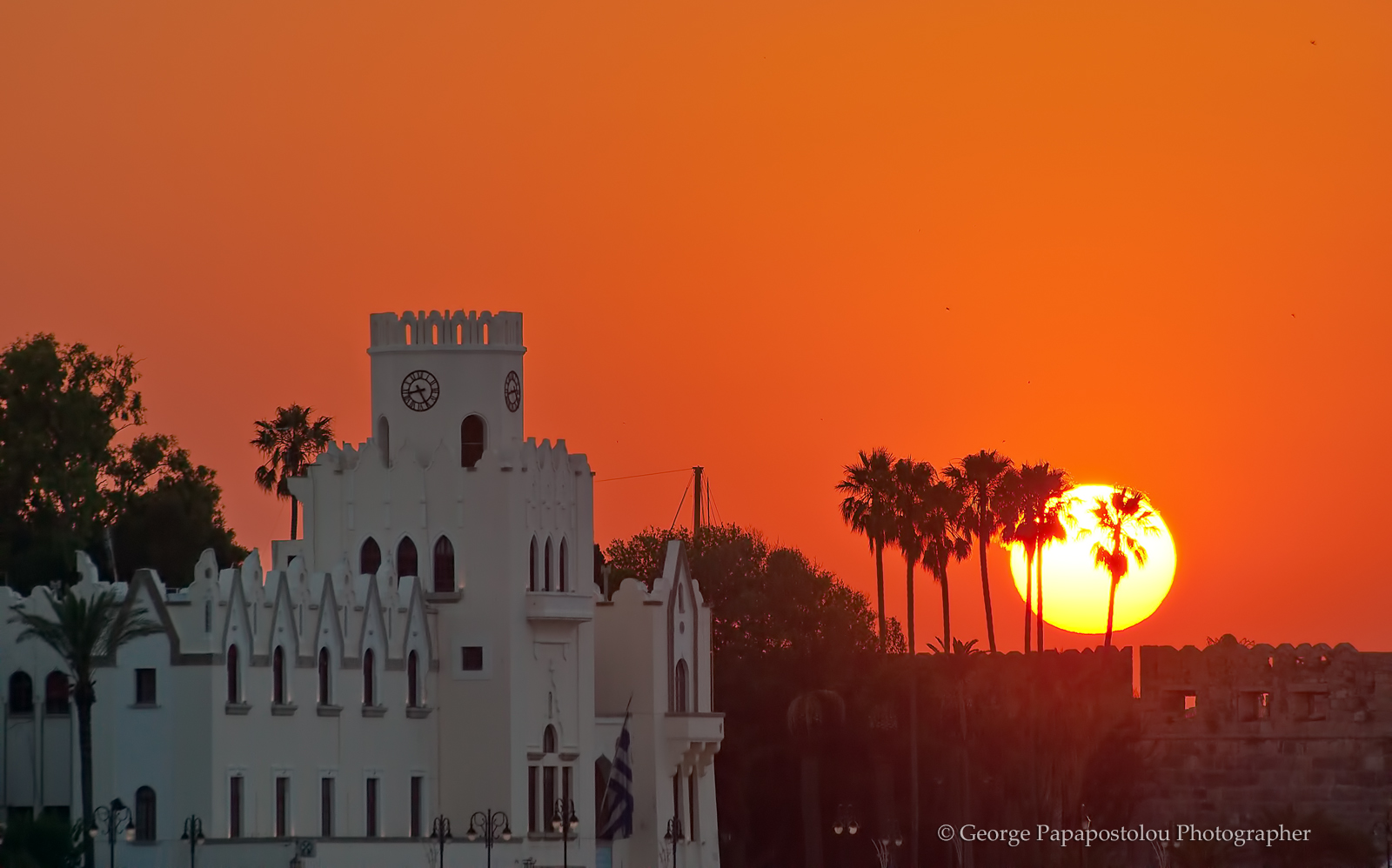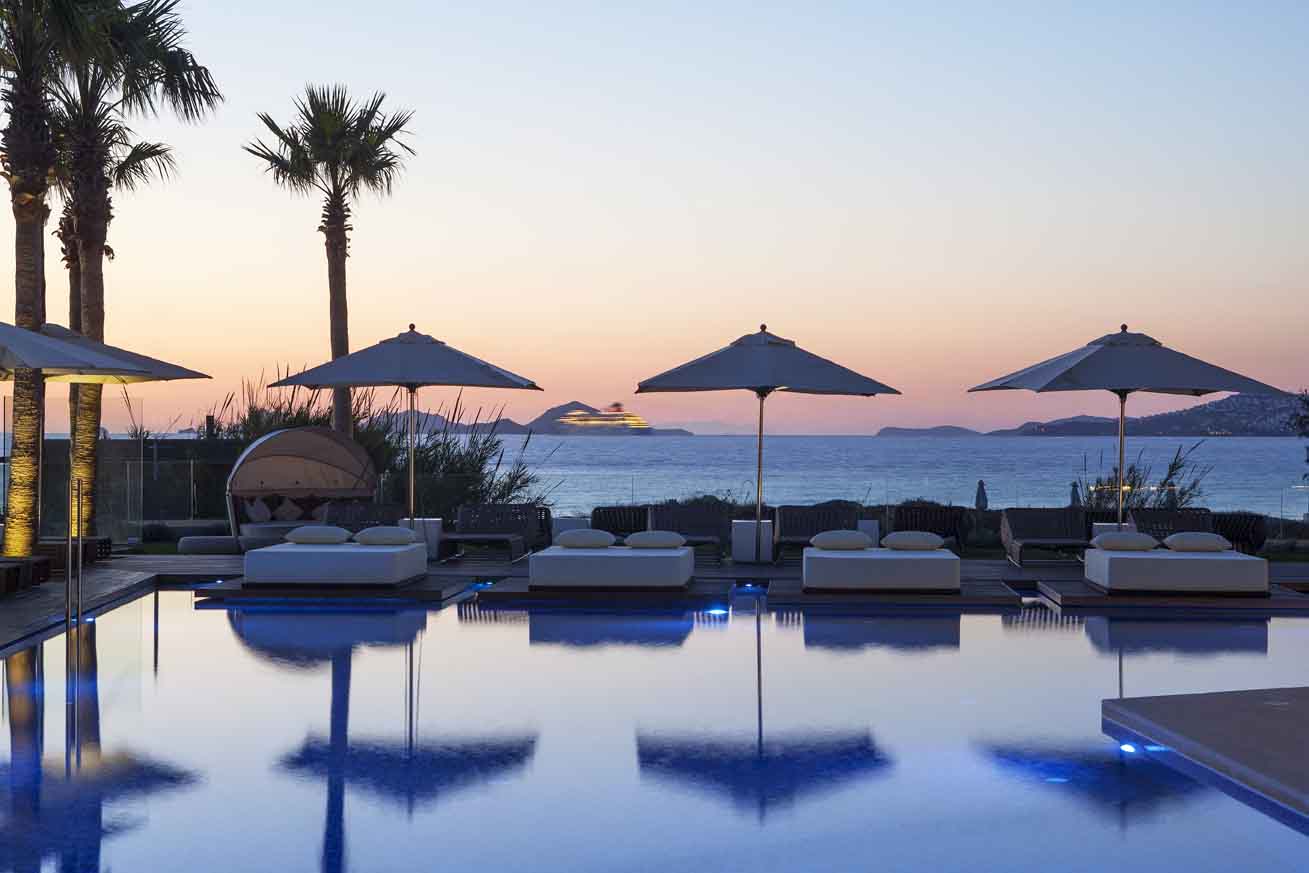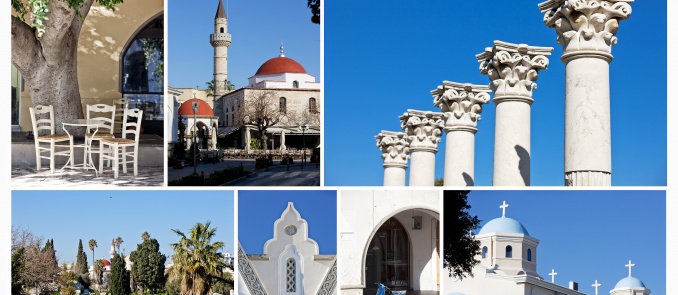Kos island: Aromas and blends deriving from a thousand stories told
A thousand stories have been told for its amazing sceneries. Just a breath away from the Turkish coast, nothing compares to its endless sandy beaches and the island’s crystal clear waters. Kos island is the third largest in the Dodecanese complex of islands and an internationally recognised top destination, that will fulfil even your most demanding expectations.

Kos island possibly takes its name after the daughter of mythical King Meropas, who was named Koos. It is where the "father of medicine" Hippocrates was born (460-377 BC) and the first record of inhabitants dates back to the Neolithic Era (5th – 4th millennium BC).
Read on to discover a few of the top travel tips to guide you with regards of what there is to see and do while in the island of Kos.
Kos town will be imprinted in your hearts and minds as you approach the island by boat. An amalgam of Italian finesse, palm trees, colonial style housing and castles, in combination with modern buildings, beautifully preserved Greek neoclassical houses, mosques and minarets, bazaars and antiquities...An island town that truly has it all. It will amaze you with its numerous points of interest in every direction. Around the port you will see the ruins of the ancient town which date back to the 4th century BC, as well as, the walls of the ancient town and the tomb of Dionysus.
The Castle of the Ioannites Knights built in the 14th century during the Venetian occupation, constitutes one of the most significant sites in the island of Kos. It is located at the main harbor and for its construction local stones were mainly used plus marble from surrounding archaeological sites.
The Tree of Hippocrates which is the exact spot where Hippocrates –the father of medicine- began to teach his pupils the art of medicine. The square hosts this large plane / platane tree which is the largest in Europe and it is said to be planted by Hippocrates himself 2.500 years ago.
At 4 km southwest from Kos town you will find the ancient monument of Asklipio which depicts the considerably important ancient Medical School of Hippocrates dating back to 4th century BC.
The Venetian castle of Antimachia which engulfs the Byzantine churches of Aghia Paraskevi and Aghios Nikolaos and was built by the Ioannites knights in the 14th century.
Nefterdar Mosque which was built by Ibrahim Efendi in the 18th century who was the Minister of Finances of the Ottoman Empire at that time.
Lotzias Mosque which was built by Hajji Hassan Passah (Turkish Admiral and Commander) in 1786. The particular architecture of the mosque is very impressive and its 61 windows make the inside very luminous.
Pili village which is located in the heart of the island and is very worthy of your visit, especially if you are interested in ancient Greek sites and Byzantine ruins. At close distance enjoy the beach of Marmari.
The hippest area of Kos island which is called Kardamena, counting endless choices for your entertainment and a long and busy sandy beach.
Combine your visit to the island of Kos by arranging to stay at the sole luxury boutique hotel of the island, which is none other than Aqua Blu Boutique Hotel & Spa.
For online reservations please press here http://bit.ly/ZGQQbj or call us at 003 210 8981884.




